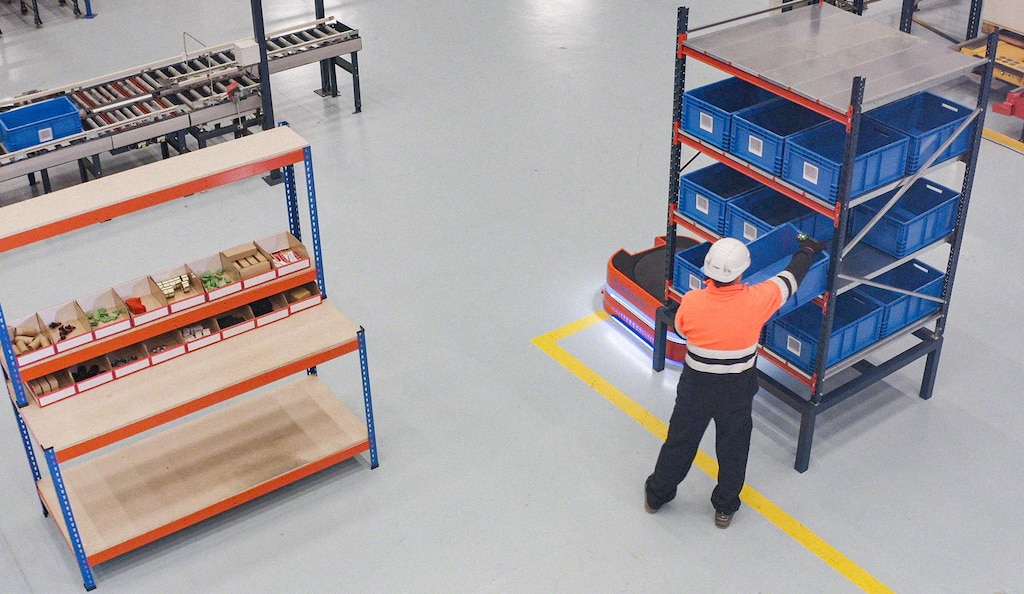
Order management system: streamlining customer service
Order management systems are most commonly used by ecommerce retailers. These companies understand that this is a key process with a significant impact on customer satisfaction.
What is an order management system?
An order management system (OMS) is a software program that oversees a product’s life cycle digitally. It tracks information in all phases: order receipt, inventory management, fulfillment, and after-sales service. An OMS provides visibility to all parties. Businesses are equipped with real-time data, while end customers know in advance when they’ll receive their purchases.
Retailers use order management systems to streamline and automate their sales. This software enables them to avoid errors when checking data from different sources and processing invoices manually. Generally, OMSs provide updates on fulfillment, payment and shipping methods, returns, and even user order history.
Advantages of order management systems
Effective order management systems bring multiple benefits to businesses looking to fine-tune their shipping operations and improve customer satisfaction. These are some major plus points:
- Inventory control. With an OMS, you know your inventory levels, how many products are being ordered, and which orders are en route to customers. This saves you from resorting to urgent transportation and housing too much safety stock.
- Compliance with business rules. Order management systems allow you to establish rules to align processes with your organization’s objectives.
- Delivery scheduling. Matching demand to your inventory and resources will enable you to fulfill customer requests more efficiently.
- Tracking. It’s become commonplace to know where an order is along its journey, what day and time the merchandise will arrive, and whether there are any issues. With these management systems, customers can check the location of their purchase at any time.

How does an order management system work?
An OMS provides visibility into available inventory, whether in your own warehouses, stores, or the facilities of external or third-party logistics (3PL) providers. This greatly simplifies the planning process. Moreover, these software programs supervise receiving, stock levels, and deliveries, including the picking and packing phases. The most advanced OMSs also incorporate capabilities such as drop shipping, shipment confirmation, and customer communication.
Beyond overseeing order fulfillment and delivery, these management systems share data with financial software to facilitate payment. They’re also equipped to manage reverse logistics, i.e., product returns through different channels.
Order management system workflow
Although OMSs can differ slightly, they all share a series of steps in the way they operate:
- Firstly, with an order management system, both the sales team and the end customer can verify the inventory requested.
- The purchase is made via a webpage, smartphone, call center, or physical point of sale.
- Data are collected to proceed with payment and delivery: name, address, phone number, email address, etc.
- The product or service required to fulfill the order is located.
- Delivery is made from one of the possible channels, e.g., a warehouse, distribution center (DC), or store.

What to consider when choosing an order management system
New trends are enabling companies to offer better customer service. However, they’re also making order management more complex. It’s advisable to take these strategies into account before opting for an order management system:
- Multichannel retailing. This consists of having various brick-and-mortar stores, points of purchase, and call centers to process orders. With this model, transactions and interactions are confined to one of these channels and not shared among them.
- Omnichannel strategy. In this shopping experience, users can switch channels seamlessly. For example, they can purchase a product via a website, change their order by phone, and pick it up in a physical store.
What is a distributed order management system?
In addition to order management programs, there are distributed order management systems. These applications organize the logistics operations of companies with multiple DCs and large daily shipments.
Easy DOM is an advanced distributed order management system for companies with these shipping volumes and high demand. It optimizes the choice of distribution locations to maximize cost-effectiveness. Created by the Mecalux Group, with extensive experience in software and warehouse management, Easy DOM optimizes order routing. Moreover, it provides global visibility into inventory, as well as multilevel and omnichannel integration. With the ability to segment by client type and create prioritization rules, this software is an asset for ensuring first-rate customer service.
Are you looking to streamline your company’s shipping and reverse logistics operations? Be sure to contact us. At Interlake Mecalux, we’ll advise you on the programs and storage solutions that best suit your needs to boost your logistics processes. We’ll also guide you in implementing distributed order management systems such as Easy DOM.
